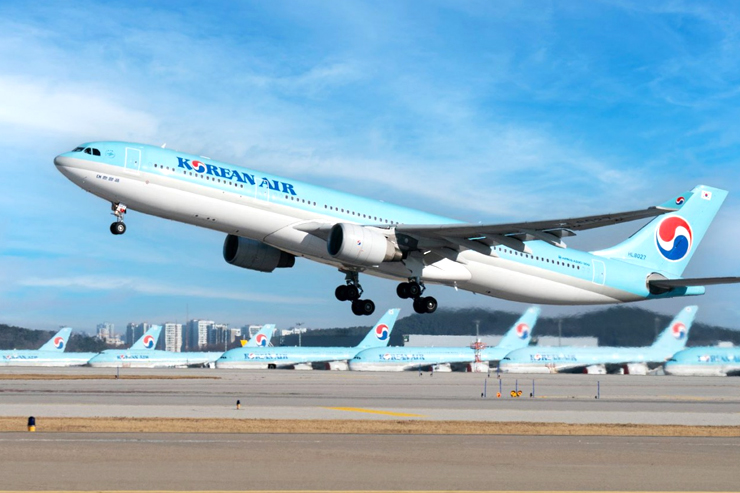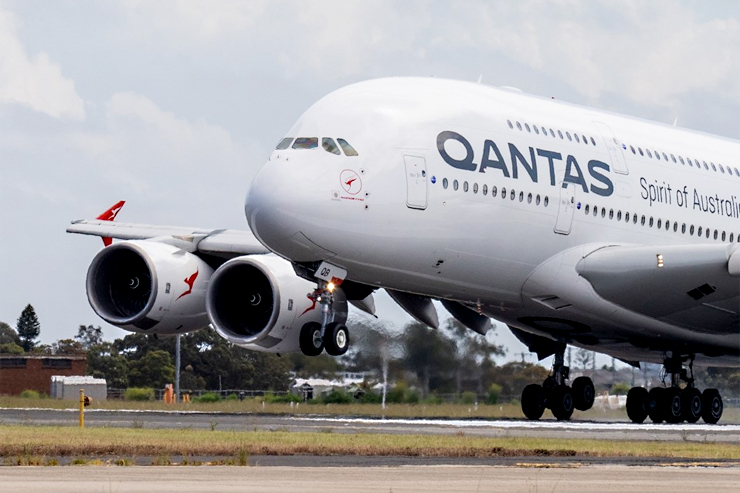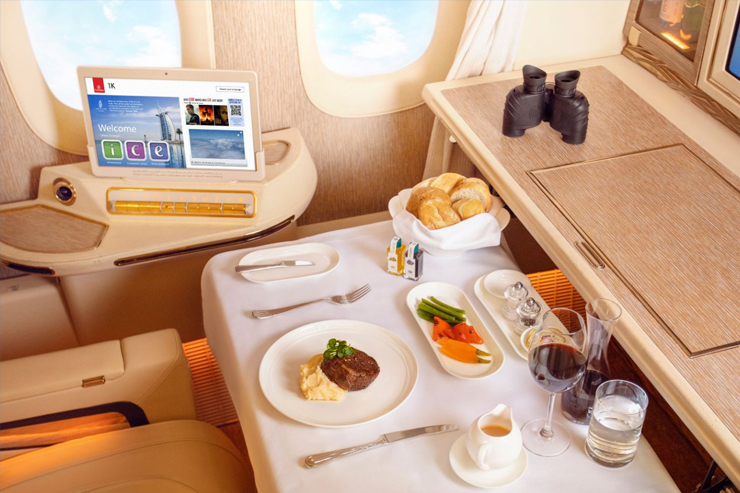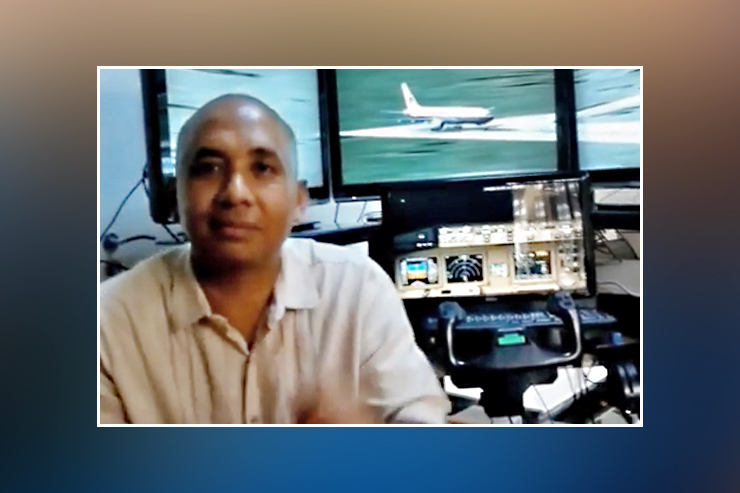The Timeless Romance of the Douglas DC-8: A Love Affair at 38,000 Feet

In a world filled with love stories, there’s one that soars above the rest—quite literally. It’s the tale of a love affair that spans decades, transcending time and distance. The object of affection? An aircraft, and not just any aircraft, but the magnificent Douglas DC-8, fondly known as the “Battleship Eight.” This is a romance that has taken one aviation enthusiast to the very heights of his passion. It’s a love story where his wife not only understands but graciously turns a blind eye to his affection for the skies. Let’s journey through the clouds and explore this captivating aviation romance.
The Passion Takes Flight:
The year was 1968, and an introduction was made—a young heart met the Douglas DC-8, an aircraft that would become the catalyst for an enduring passion for aviation. Fast forward to 2017, when an extraordinary opportunity arose—a chance to fly on NASA’s very own DC-8, one of the last of its kind still soaring the skies. A year in the making, the day finally arrived, and it was met with the anticipation of a schoolboy’s first crush. Was all the photographic equipment charged? What if the weather turned sour and the mission was canceled? How long would it take to navigate the drive from Long Beach to Palmdale, California, during peak hours? The excitement was palpable.
NASA’s Armstrong Flight Research Centre:
Located at Palmdale Regional Airport in California, NASA’s Armstrong Flight Research Centre is home to a remarkable fleet of aircraft, including the beloved DC-8. These flying machines are more than metal and wings; they are dedicated to advancing technology and science through flight. Their missions encompass a broad spectrum, from validating space exploration concepts to remote sensing and scientific research. One of the DC-8’s primary tasks is the IceBridge mission, which involves collecting vital data related to Earth’s polar ice and its response to climate change.
An Aviation Love Affair:
The author’s journey to NASA’s Armstrong Flight Research Centre unfolds as a meeting between kindred spirits. The NASA pilots, bonded by their mutual affection for the DC-8, welcome him with open arms. The flight crew, led by Captain Richard “Dick” Ewers and his colleague David Fedors, is nothing short of elite. With backgrounds that include piloting F-18 fighters, testing aircraft, and even serving in the Vietnam War, they are a living embodiment of “the right stuff.” The third member of this remarkable crew, Flight Engineer Matt Pitsch, brings a youthful energy to the DC-8, a testament to the aircraft’s timeless design.
A Remarkable History:
The DC-8’s story is one of evolution and adaptation. Originally delivered to Italian airline Alitalia in 1969, it was the world’s longest-range aircraft, whisking passengers across the globe. NASA acquired this engineering marvel in 1985, upgrading it with General Electric engines for improved fuel efficiency and range. With 52,700 flight hours on its clock, the DC-8 is but a fraction of its potential. This unique aircraft boasts an unlimited structural life, a testament to its robust design and the legacy of aviation pioneers.
The Dance of Safety and Anticipation:
A NASA adventure is unlike any other, where safety and precision take center stage. The pre-flight briefing is not a mere formality but an hour-long exploration of safety protocols and equipment. It’s a meticulous process that culminates in an actual flight suit with an oxygen mask. Every detail is scrutinized before boarding, as anticipation builds for the journey ahead. As the DC-8 prepares for takeoff, the true magic of this aviation love affair comes to life.
The Flight of a Lifetime:
The DC-8 is not just an aircraft; it’s a time machine that takes its passengers back to the aviation era of the 1950s. It requires hands-on input from its three-person crew, and the takeoff is swift, reaching the skies in just 20 seconds. The DC-8 climbs to 38,000 feet with grace, offering unobstructed views of the world below. A right turn reveals the sprawling freeways of Los Angeles, emphasizing the aircraft’s steadiness. The DC-8, as the pilots attest, is beloved for its reliability and adaptability in the realm of science missions.
A Farewell at Sunset:
As the DC-8 descends for a gentle landing back in Palmdale, California, the sun sets behind the mountains. The landing, though smooth, is a display of utmost precision and professionalism. The touchdown marks the end of an extraordinary journey, one that has left an indelible mark on the heart of an aviation enthusiast.





